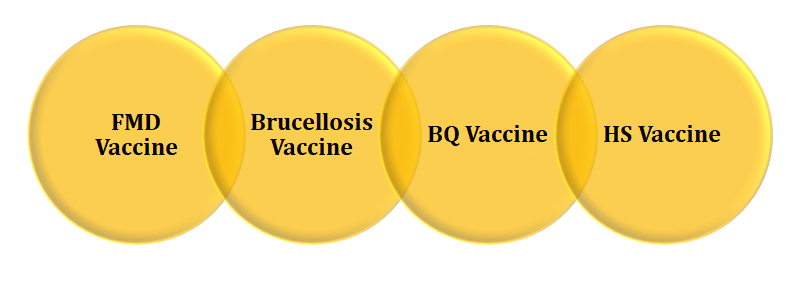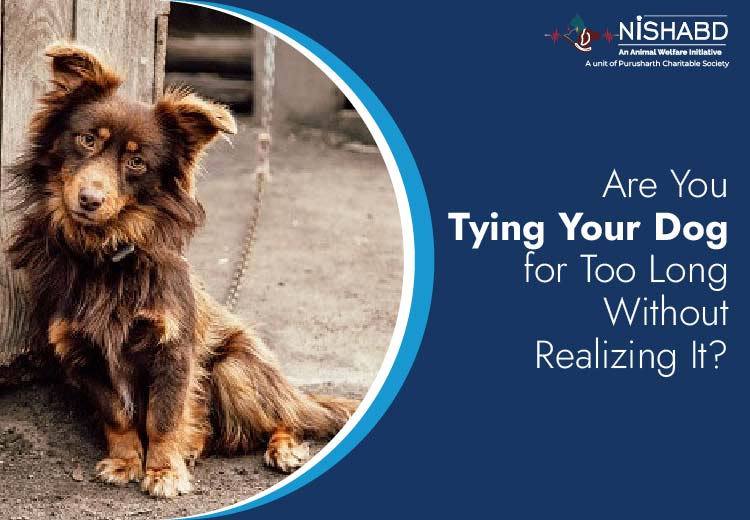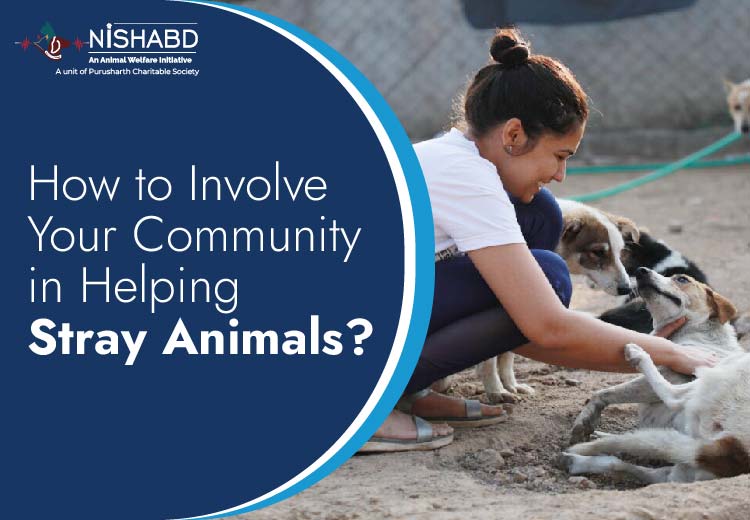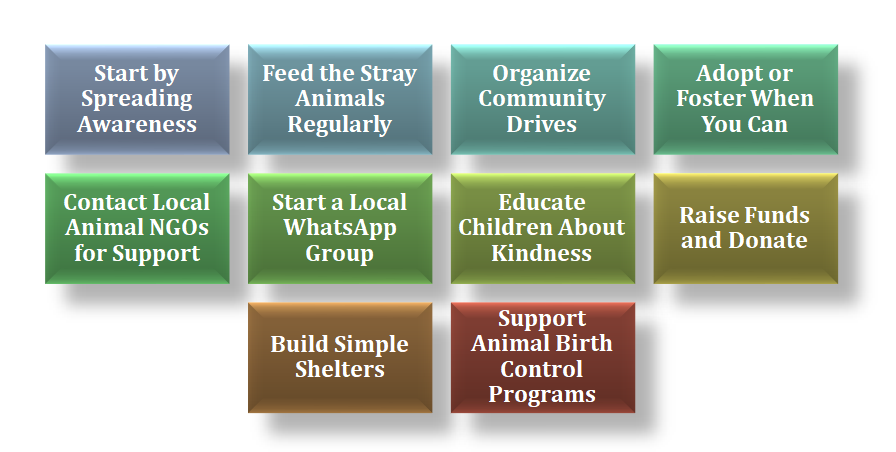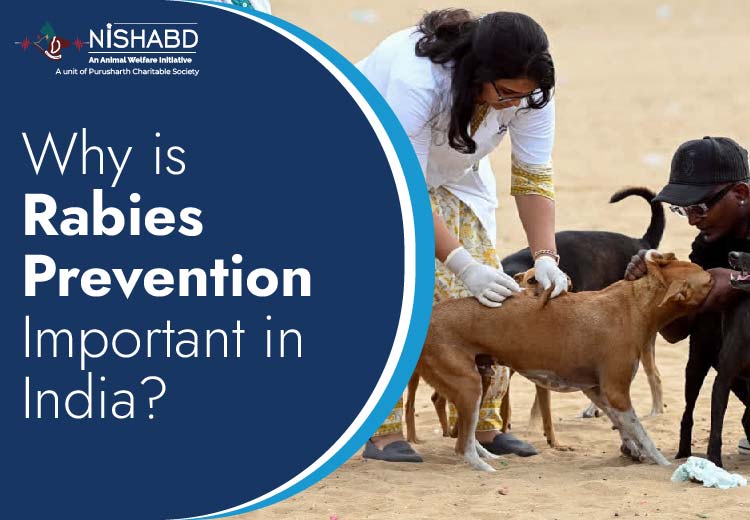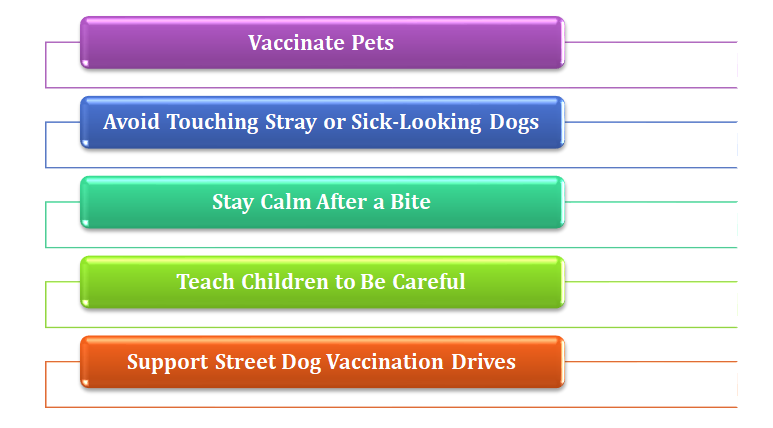Because big hearts grow from little acts of kindness
Ever noticed how quickly kids run to pet a puppy or feed a bird? That natural love for animals is something beautiful and powerful. It’s also the perfect chance to teach them about animal welfare in ways that are fun, real, and full of heart.
But let’s be honest, kids don’t sit through lectures. So, how do you teach compassion, care, and responsibility without sounding too serious? The trick is to make it playful. Make it feel like fun, and you’ll be surprised how quickly they pick up these lifelong lessons.
Let’s explore some super fun and thoughtful ways to introduce your child to the world of animal welfare and maybe, discover a little hero in them too!
- Animal Stories that Spark Feelings
The magic of books is unreal. Children begin to relate when they read about animals that are brave, scared, happy or hurt. Choose stories with animals as key characters that face real-world challenges. Talk to your child after each story. Ask your child, “How was the dog feeling when he had been left alone?” Or “What would you have done if you discovered that kitten?”
Your child will start to see animal welfare in a personal and emotional way, without even realizing. It’s more than just animals. It’s also about feelings.
- Visit a Real Shelter (Field Trips With a Purpose!)
This weekend, forget the amusement parks. Bring your child to an animal shelter or rescue facility in your area. Many animal welfare organizations love to have little visitors. This is a great place for children to observe animals in a safe environment.
The children get to see what animals experience and how humans help them. It’s eye-opening. It’s a gentle but powerful way to make animal protection real, not an idea but a mission.
- Adopt easy care pets for kids
Not all homes are ready to have a dog. It is not always possible that your child might be ready to have a dog or a cat as a pet. Many pets, like rabbits or hamsters, are simple to take care of. These pets are easy to care for but teach valuable lessons.
Allow your child to look for, feed, and clean their pet. These little tasks instill big values like respect, patience, and commitment. It also helps to strengthen the connection between animal welfare and children.
- Screen Time Can Be Educational and Fun
Cartoons can be more than just entertainment. Animal-themed films, documentaries or rescue videos showing animals being healed or helped can be found. Sit together, watch with your child. Talk and pause.
Simple conversations like “That dog seems scared – What can we do to help?” These simple conversations create a deeper understanding. Animal welfare suddenly becomes part of everyday thinking.
- Create with a cause
Kids love arts and crafts! Why not make it a teaching moment? Create posters with the words “Be Kind to Animals”, or have them paint their favourite pet. Make a scrapbook of “Kindness To Animals” with photos, stickers or drawings.
Talk to them while they are being creative about street animals, stray dogs or wild animals that have lost their homes. It is needless to go into too much detail. A gentle introduction will do. It keeps animal welfare fun, creative, and soft.
- Join Animal Welfare Organizations at Events
Watch out for local events, such as shelter fundraisers, awareness walks or feeding drives. Animal welfare organizations love to involve kids in fun, simple ways. Start with poster-making competitions or storytelling sessions, or even decorating donation boxes.
Make your child feel a part of something greater. When done correctly, helping animals can be an adventure.
A Quiet Hero in Noida : Nishabd, an NGO for voiceless in Noida
Nishabd is a name that stands out among all those who work for animals. Not because it is loud, but rather because it is honest. Nishabd, an NGO for voiceless in Noida helps the voiceless, works efficiently and patiently. They do more than just save injured dogs, they give them a new life, care and love they may never have known before.
It’s not just another shelter. Here, animals are loved and cared for just like family. Your child will see that true care is more than just food and water. It is emotional, healing and lasting. Your child may be inspired by a visit to Nishabd in ways that you cannot imagine. It shows how even the youngest people can make a difference.
Kindness Can Be Taught – Gently and Joyfully
You don’t need to be a vet or an animal expert to teach your child about animal welfare. All you need is the willingness to talk, show, and be involved. Start small. Read a book. Adopt a rabbit. Watch a rescue video. Visit a shelter. Donate old blankets. You can help by supporting an animal welfare organization near you or a kind NGO for voiceless in Noida like Nishabd. With these easy steps, your child will grow up not just loving animals but standing up for them.
Let’s raise children who don’t just pet animals, they protect them.




